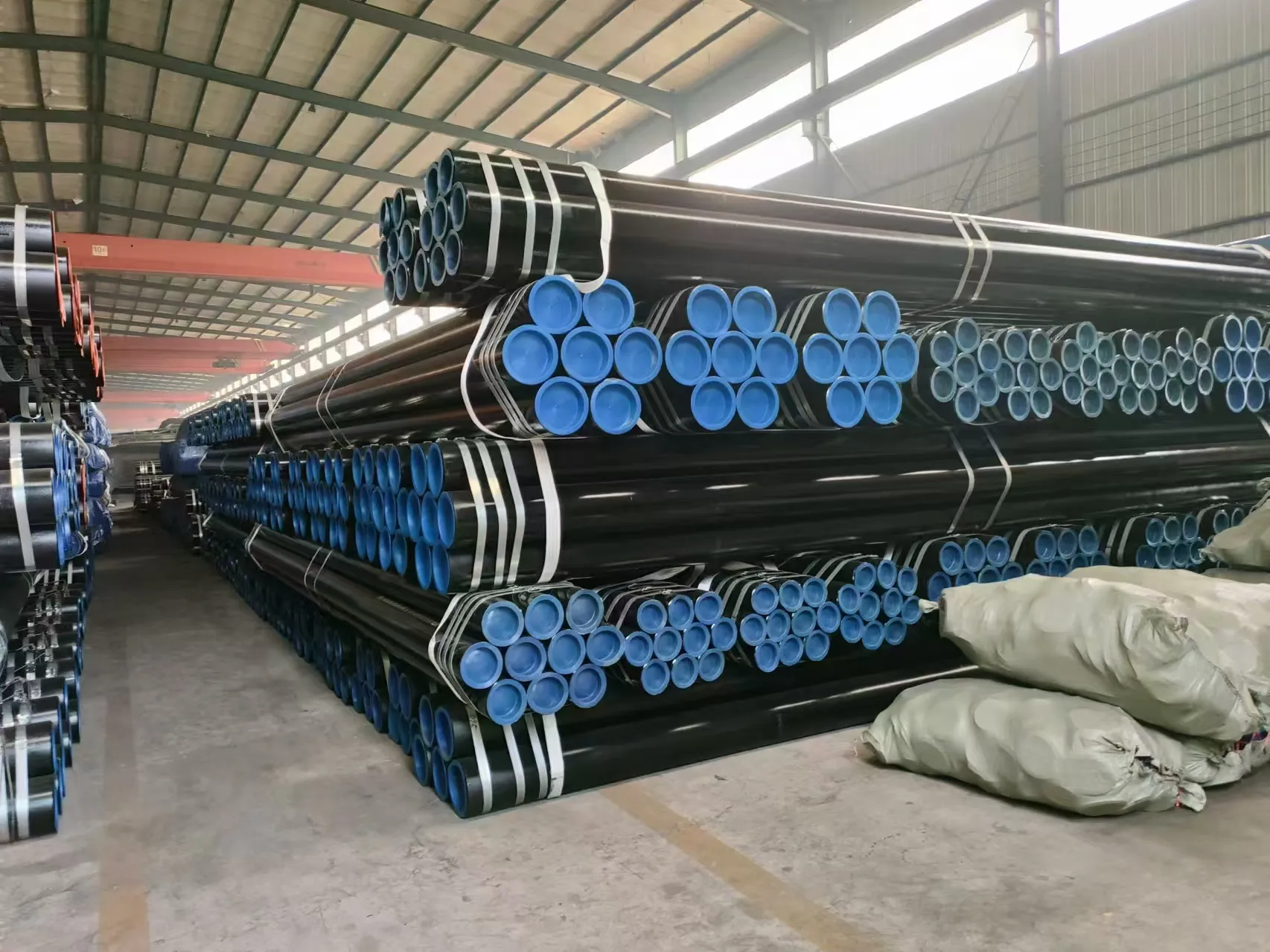-
Cangzhou Yulong Steel Co., Ltd.
-
Phone:
+86 13303177267 -
Email:
admin@ylsteelfittings.com
- English
- Arabic
- Italian
- Spanish
- Portuguese
- German
- kazakh
- Persian
- Greek
- French
- Russian
- Polish
- Thai
- Indonesian
- Vietnamese
- Zulu
- Korean
- Uzbek
- Hindi
- Serbian
- Malay
- Ukrainian
- Gujarati
- Haitian Creole
- hausa
- hawaiian
- Hebrew
- Miao
- Hungarian
- Icelandic
- igbo
- irish
- Japanese
- Javanese
- Kannada
- Khmer
- Rwandese
- Afrikaans
- Albanian
- Amharic
- Armenian
- Azerbaijani
- Basque
- Belarusian
- Bengali
- Bosnian
- Bulgarian
- Catalan
- Cebuano
- China
- China (Taiwan)
- Corsican
- Croatian
- Czech
- Danish
- Esperanto
- Estonian
- Finnish
- Frisian
- Galician
- Georgian
- Kurdish
- Kyrgyz
- Lao
- Latin
- Latvian
- Lithuanian
- Luxembourgish
- Macedonian
- Malgashi
- Malayalam
- Maltese
- Maori
- Marathi
- Mongolian
- Myanmar
- Nepali
- Norwegian
- Norwegian
- Occitan
- Pashto
- Dutch
- Punjabi
- Romanian
- Samoan
- Scottish Gaelic
- Sesotho
- Shona
- Sindhi
- Sinhala
- Slovak
- Slovenian
- Somali
- Sundanese
- Swahili
- Swedish
- Tagalog
- Tajik
- Tamil
- Tatar
- Telugu
- Turkish
- Turkmen
- Urdu
- Uighur
- Welsh
- Bantu
- Yiddish
- Yoruba

Dec . 11, 2024 12:12 Back to list
weld reducer
Understanding Weld Reducers An Essential Component in Piping Systems
In various industrial applications, piping systems play a critical role in the transportation of fluids, gases, and other materials. One important component that facilitates the efficient transition between pipes of different diameters is the weld reducer. This fitting is essential for ensuring smooth flow and reducing turbulence, which can lead to wear, pressure loss, and inefficiencies in a system.
What is a Weld Reducer?
A weld reducer is a type of pipe fitting that connects two pipes of different diameters. It allows for a seamless transition from a larger diameter pipe to a smaller one, or vice versa, by gradually changing the diameter of the fitting. The term “weld” indicates that these reducers are designed to be welded onto the adjoining pipes to create a strong, permanent connection. This type of fitting is crucial in various industries, including oil and gas, water treatment, and chemical processing.
Why Use Weld Reducers?
1. Flow Efficiency One of the primary purposes of a weld reducer is to maintain efficient flow within a piping system. By reducing the diameter of the pipe gradually, the reducer minimizes turbulence that can occur when a fluid suddenly enters a smaller pipe. This reduction in turbulence leads to lower energy consumption and optimal flow rates.
2. Pressure Management In many systems, pressure changes can dramatically affect performance. A sudden change in pipe size can lead to a drop in pressure that may compromise system effectiveness. Weld reducers help to mitigate this issue, ensuring that pressure remains stable as fluid moves through the transition.
3. Versatile Applications Weld reducers are versatile and can be used in a wide range of applications. Whether it’s in a residential plumbing system, an industrial manufacturing plant, or an oil and gas pipeline, these fittings are an essential part of the design, making them indispensable in numerous sectors.
4. Durability and Reliability The welding process creates a strong bond between the reducer and the parent pipes, resulting in a connection that is resistant to leaks and mechanical failure. This reliability is crucial in high-pressure and high-temperature applications, where safety and durability cannot be compromised.
Types of Weld Reducers
weld reducer

Weld reducers come in several different configurations, including
- Concentric Reducers These have the same centerline axis and are shaped like a cone. They are primarily used in vertical piping runs and help maintain the flow direction without significant turbulence.
- Eccentric Reducers Unlike concentric reducers, eccentric reducers have a flat side, which results in an offset in the centerline. This design is particularly useful when it comes to draining or venting systems, as it allows for better air removal and fluid flow.
Material Considerations
The choice of material for weld reducers is crucial, as it must be compatible with the fluids being transported and the environmental conditions. Common materials include stainless steel, carbon steel, and various alloys. Stainless steel reducers, for example, are highly resistant to corrosion and are often used in chemical processing where corrosive substances may be present.
Installation and Maintenance
Proper installation of weld reducers is essential for optimal performance. Welders need to ensure that the joint is clean and that the fitting is aligned correctly before commencing the welding process. After installation, regular maintenance checks can help identify potential issues, such as leaks or stress on pipe joints, ensuring the longevity of the piping system.
Conclusion
Weld reducers are integral components in modern piping systems, offering a range of benefits including efficiency, pressure management, and versatility. Their ability to create durable, leak-proof connections makes them a preferred choice in many applications. Understanding their design and function is essential for engineers and technicians who work in industries reliant on fluid transport. As technology and materials continue to evolve, weld reducers will remain a vital part of piping systems worldwide, ensuring smooth and effective operation across various sectors.
Latest news
-
ANSI 150P SS304 SO FLANGE
NewsFeb.14,2025
-
ASTM A333GR6 STEEL PIPE
NewsJan.20,2025
-
ANSI B16.5 WELDING NECK FLANGE
NewsJan.15,2026
-
ANSI B16.5 SLIP-ON FLANGE
NewsApr.19,2024
-
SABS 1123 FLANGE
NewsJan.15,2025
-
DIN86044 PLATE FLANGE
NewsApr.19,2024
-
DIN2527 BLIND FLANGE
NewsApr.12,2024
-
JIS B2311 Butt-Welding Fittings LR/SR 45°/90° /180°Seamless/Weld
NewsApr.23,2024











